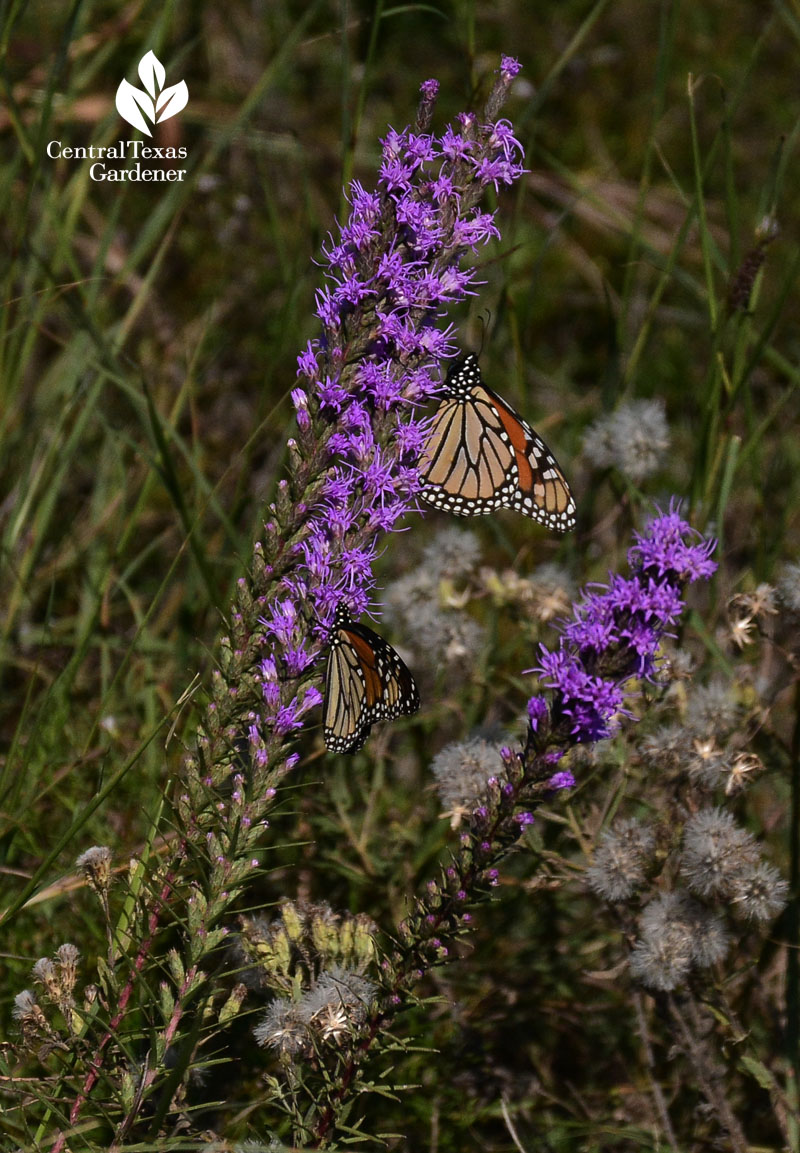Butterfly and Moth Viewer Pictures
To attract butterflies and pollinating moths, our gardens must include nectar, larval plants to raise caterpillars, and shelter.

Not only do our viewers plant for wildlife, they’ve got their cameras ready to spotlight some of their visitors!
Here are just a few. Swallowtail larvae can be found on cilantro, parsley, and dill, among other plants. Christina Pasco found this Giant Swallowtail larva on her key lime. They do love citrus leaves!

You may also find moth larvae in your garden. Kathy Harte discovered this Tersa Sphinx moth caterpillar in her garden.

With warm weather so early this year, Vance caught this Gulf Fritillary soon after it emerged from the chrysalis where it had overwintered.

We want to provide nectar plants too, and there are lots of those, including zinnias, which are easily planted from seed in mid to late spring. Rusty Brindle sent us these photos of Eastern Tiger swallowtail on his zinnias last summer.

And Marie Pavlovsky sent us video of a Red Admiral on purple trailing lantana.
Milkweed is a definite favorite: Rob Seiler’s 9-year-old got this great picture of a Monarch on milkweed last fall.

And Robyn Squyres sent in a great video of two Monarchs on a tropical milkweed.
AND a picture!

Comal County Master Gardener Charlotte Trussell spotted this American Lady butterfly on golden groundsel.

In late winter and early spring, she provides a little supplemental diet. Red Admirals are really going for it in her garden.

Here’s her recipe for Butterfly Mash:
• 2 black bananas peeled and smashed
• 1 tablespoon molasses
• 1 tablespoon brown sugar
• And about a third of a cup of dark beer (enough to make the mixture “soupy”)
• Mash ingredients together and allow to sit UNCOVERED overnight to ferment, then spoon small amount into a shallow plastic lid and place in your garden.
categories:
tags:
